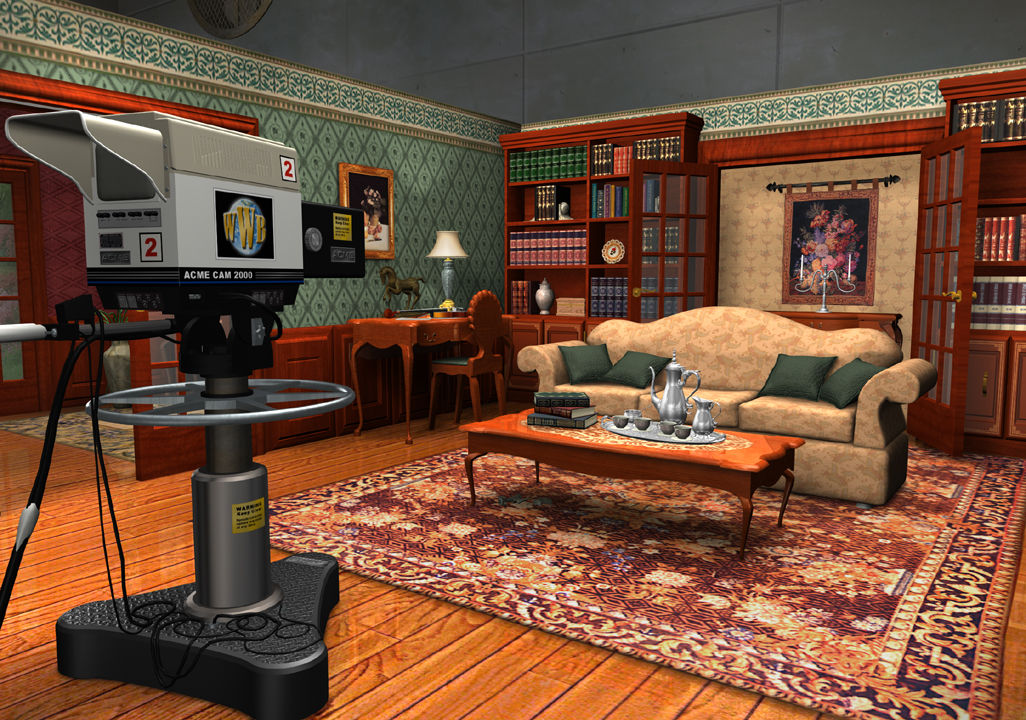
nancy drew clue crew
“Collector’s Hot Sheet” (January Issue)
The Independent Guide for Pack Rats to Rule By
by: Various Authors
Antique Instruments Hot or Not?
-
We asked the renowned Weiss siblings, Adam and Charlotte, how much their famous antique violin collection is worth.
-
Julep glasses worth a mint
-
The amazing million dollar dolly
-
It’s not a crock, it’s a tureen
Professor Anton Sukov
An antique carousel expert talks about the controversy behind the renowned horse carver Rolfe Kessler.
DON’T JUST GET A HORSE, GET A KESSLER!
An expert on antique carousels shares his opinion on the work of a controversial carver.
For many fanciers of Philadelphia-style carousel horses, adding one of the wonderfully realistic creations of D.C. Mueller and Bro. Company to their “herd” is as good as it gets. But I’m convinced this is because so few collectors are familiar with the work of Rolfe Kessler, surely the Golden Age of Carousels’ most underrated carver.
Born in Austria in 1882, Kessler was a small man who always felt more at home with animals than he did with people. He moved to the United States when he was twenty-one in the hopes of riding racehorses. Unfortunately, his reclusive nature and poor social skills undermined any talent he had as a jokey. Out of desperation he began carving furniture out of wood scraps and selling it on street corners.
In 1907 Kessler got an apprenticeship at the Philadelphia Toboggan Company, a pop producer of carousels which employed many fine wood carvers. He lasted a day and a half. But amazingly, using what he had learned at PTC, Within a month he had carved a carousel horse in his father-in-law's garage. Within a year he had used this horse to convince the mayor of Zamboni, New York that the tiny coastal town should pay him to create a carousel.
From 1910 to 1920, Kessler carved horses for four more carousels -- two in New Jersey, one in Pennsylvania, and one in Connecticut. In at least two instances, he agreed to lower his price in return for being given his own, private on-site workshop. His carousels always had two rows which included thirty horses and one chariot.
But by 1921, his sever mood swings, and his angry insistence that the horses he carved existed as living creatures in a parallel dimension, had finally driven his wife, Amelia, away for good. When he realized she was never coming back, he put down his carving tools and went looking for her. It took him two years to find her. She died of tuberculosis soon afterwards. No one knows what became of Kessler after that. Homeless, friendless, and now passionless he simply vanished from history.
Kessler is all too often dismissed as a lunatic, a mere poser undeserving of respect because what made his work distinctive was in all probability the result of a chemical imbalance rather than true genius. This is not fair.
No one can gaze into the painfully expressive eyes of one of Kessler’s horses, or study the peaceful delicacy of his trademark black rose, and come away unmoved. They are works of art. To treat them as anything less says more about us, and our blind allegiance to conventional artists than it says about them.
-
Article by Anton Sukov, Professor of Modern American Art at the University of Colorado.
-
Kessler’s uncanny talent for horse-carving no doubt came from his lost dreams of riding racehorses.
-
After marrying Rolfe in 1909, Amelia said that it was as impossible for her not to love him as it was for her to live with him.
-
Though the phase of bloom may differ, a black rose can be found on every horse that Kessler carved.